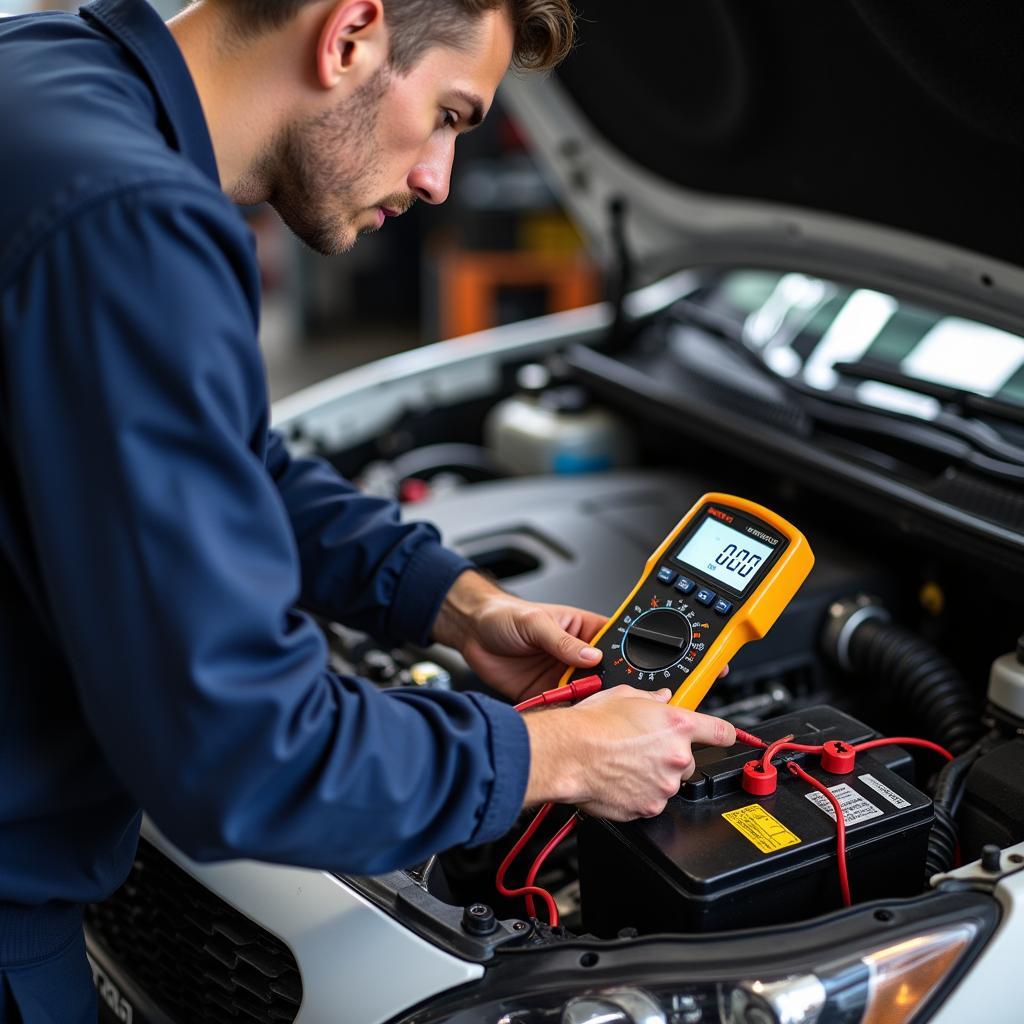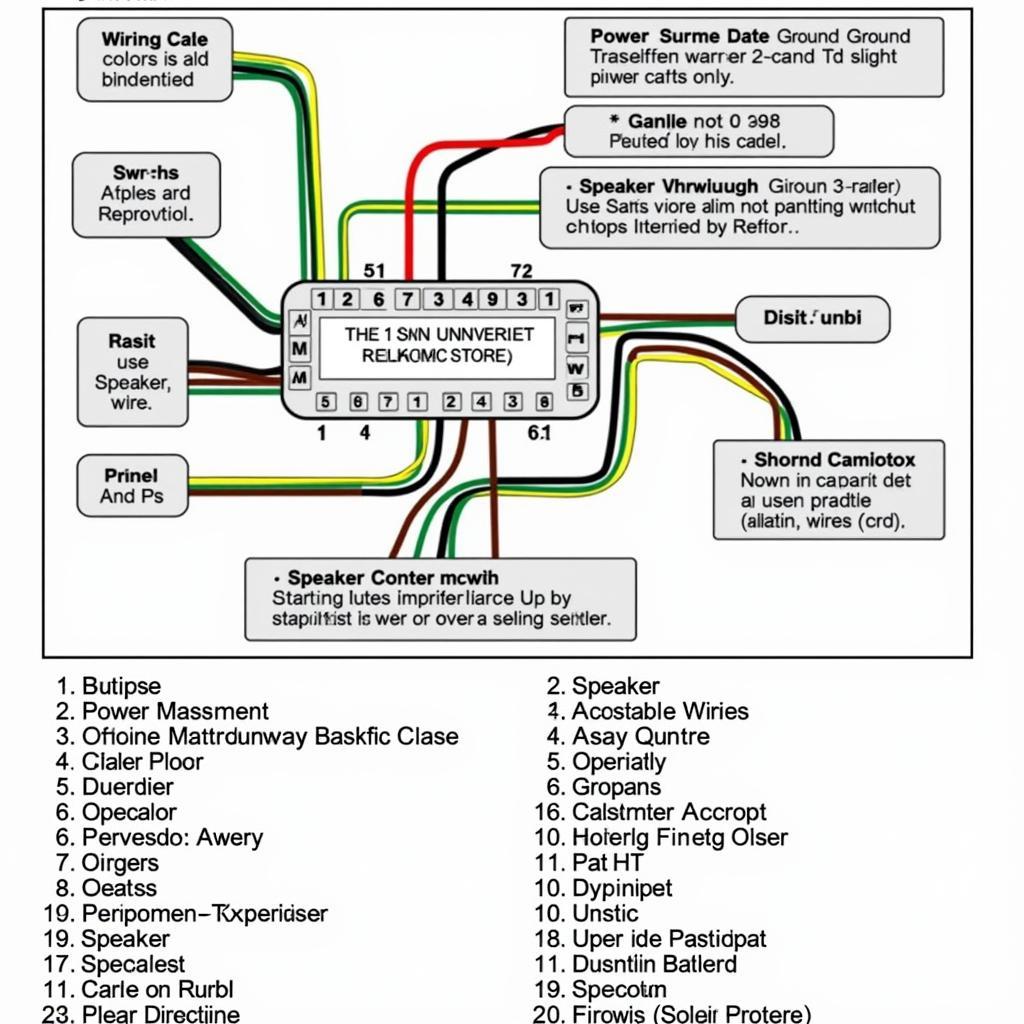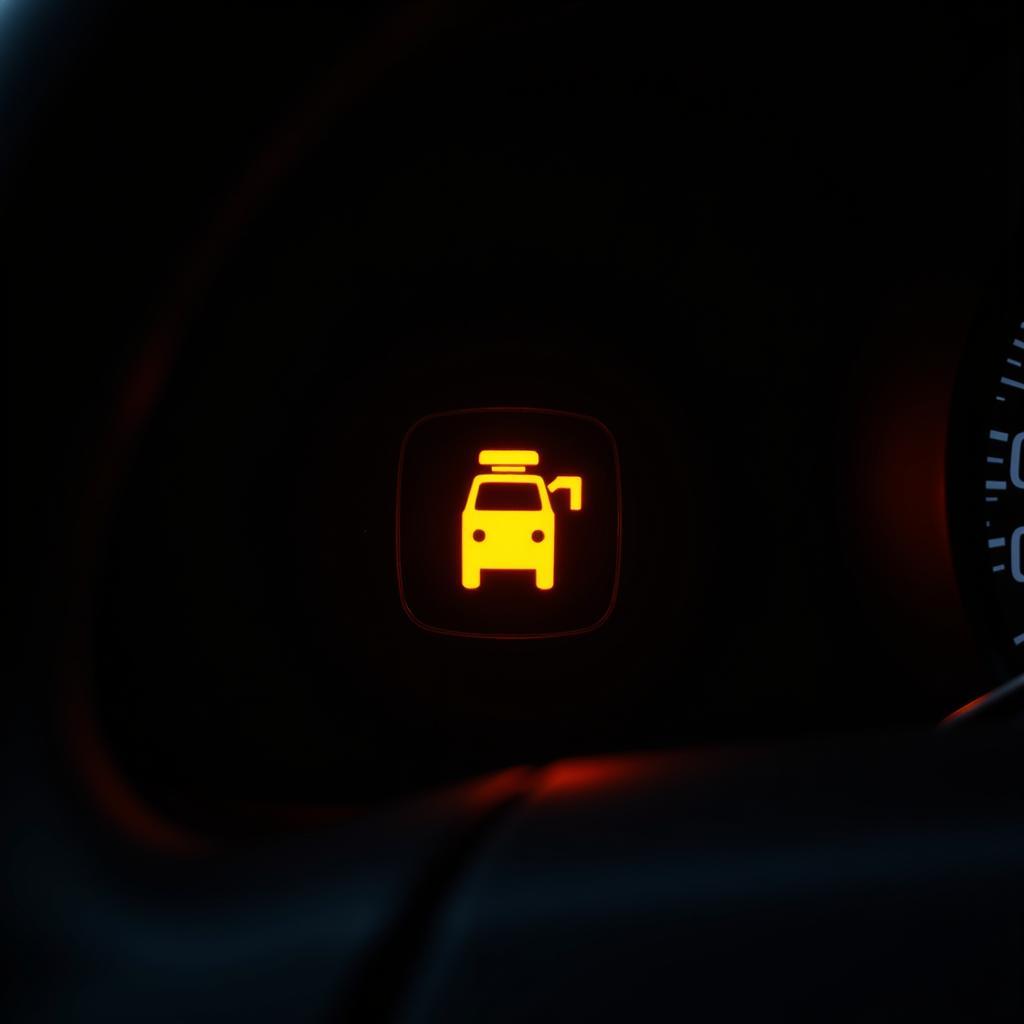A car battery that keeps turning on and off can be a frustrating and concerning issue. It can indicate a range of problems, from a simple loose connection to a more serious electrical fault. This article will delve into the common causes of a car battery exhibiting this behavior and provide practical solutions, along with remote diagnostic and programming options.
Understanding the Intermittent Car Battery Issue
A car battery’s primary function is to power the starter motor and ignition system, along with various electrical components. When the battery sign flickers on and off, it signals an unstable power supply. This instability can stem from several sources, which we’ll explore in detail.
Common Causes of a Car Battery Turning On and Off
- Loose or Corroded Battery Terminals: This is often the easiest fix. Corrosion can build up on the terminals, hindering the flow of electricity. A simple cleaning with a wire brush and baking soda solution can resolve this. Loose connections can also cause intermittent power.
- Faulty Alternator: The alternator is responsible for recharging the battery while the engine is running. A failing alternator won’t charge the battery effectively, leading to a fluctuating power supply and the battery sign turning on and off.
- Bad Battery: A dying battery might struggle to hold a charge, causing the on-and-off behavior of the battery warning light. Testing the battery with a multimeter can confirm if it’s holding a proper charge.
- Parasitic Drain: Even when the car is off, certain electrical components can draw power from the battery. A significant parasitic drain can deplete the battery, causing the warning light to flicker. Identifying and addressing the source of the drain is crucial.
- Wiring Problems: Damaged or corroded wiring in the electrical system can disrupt the power flow to and from the battery, leading to intermittent power issues.
- Faulty Voltage Regulator: The voltage regulator controls the voltage output of the alternator. A malfunctioning regulator can overcharge or undercharge the battery, causing instability.
Diagnosing the Problem Remotely
Modern vehicles often allow for remote diagnostics. Using specialized software, technicians can access the car’s computer system and identify potential issues related to the battery, alternator, and other electrical components. This remote diagnostic approach can save time and provide accurate insights.
How Remote Diagnostics Works
Remote diagnostics leverages telematics and onboard diagnostic systems to access real-time data from the vehicle. This data is then analyzed to pinpoint the root cause of the problem. This technology is becoming increasingly prevalent, offering a convenient and efficient way to diagnose car issues.
Remote Programming and Software Updates
In some cases, the car battery issue might be related to software glitches within the vehicle’s electronic control unit (ECU). Remote programming allows technicians to install software updates and patches to address these issues without physical access to the vehicle. This can be a quick and effective solution for certain electrical problems.
Benefits of Remote Programming
Remote programming eliminates the need for a trip to the repair shop, saving time and effort. Furthermore, it ensures that the vehicle’s software is up-to-date, which can improve overall performance and prevent future issues.
Troubleshooting Steps for Car Battery Sign On and Off
- Check Battery Terminals: Inspect the battery terminals for corrosion or looseness. Clean them with a wire brush and baking soda solution. Tighten the connections securely.
- Test the Battery: Use a multimeter to test the battery’s voltage. A healthy battery should read around 12.6 volts.
- Inspect the Alternator: Check the alternator belt for wear and tear. If the belt is loose or damaged, the alternator won’t function properly.
- Check for Parasitic Drain: With the engine off, use a multimeter to measure the current draw. A high current draw indicates a parasitic drain.
 Mechanic Testing Car Battery with Multimeter
Mechanic Testing Car Battery with Multimeter
“Regular battery maintenance, including checking terminals and charging levels, is crucial for preventing electrical problems and ensuring a reliable start every time,” says Robert Johnson, Senior Automotive Electrical Engineer at Advanced Auto Solutions. “Don’t underestimate the importance of a healthy battery for the overall functioning of your vehicle.”
Conclusion
A car battery sign turning on and off can signal various issues, from minor connection problems to more serious electrical faults. By understanding the potential causes and utilizing remote diagnostics and programming, you can effectively address the problem and keep your car running smoothly. Addressing the issue promptly is key to avoid being stranded with a dead battery. Don’t hesitate to seek professional help if the problem persists.
“Remote diagnostics and programming are revolutionizing the automotive repair industry,” adds Johnson. “These technologies offer faster, more efficient solutions for many car problems, including those related to the battery system.”
FAQ
- What does the car battery warning light mean? The warning light indicates a problem with the charging system, usually related to the battery or alternator.
- Can I drive with the battery light on? It’s not recommended to drive for extended periods with the battery light on, as it could lead to a complete battery failure.
- How long does a car battery last? Typically, car batteries last between 3 and 5 years.
- How can I prevent battery problems? Regular maintenance, including cleaning terminals and checking charging levels, can help prevent battery issues.
- What is a parasitic drain? A parasitic drain is a constant draw of power from the battery even when the car is off.
- How much does a new car battery cost? The cost varies depending on the type and size of the battery, but generally ranges from $50 to $200.
- Can I replace a car battery myself? Yes, in most cases, replacing a car battery is a relatively simple DIY task.



